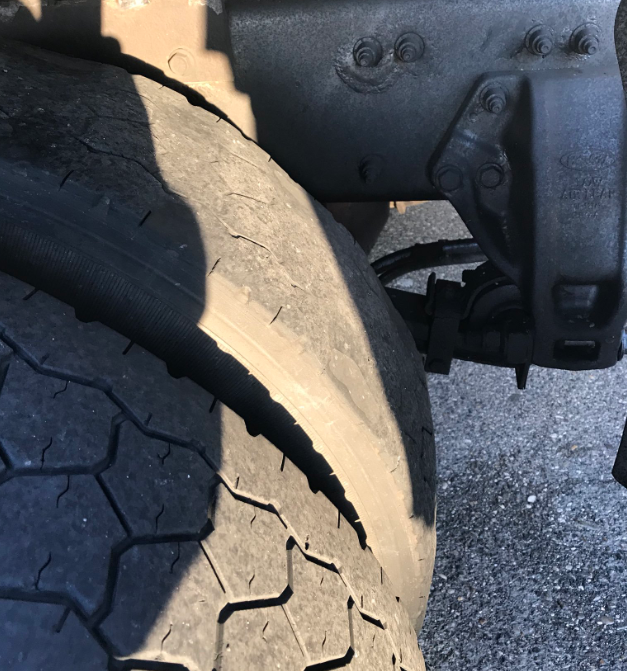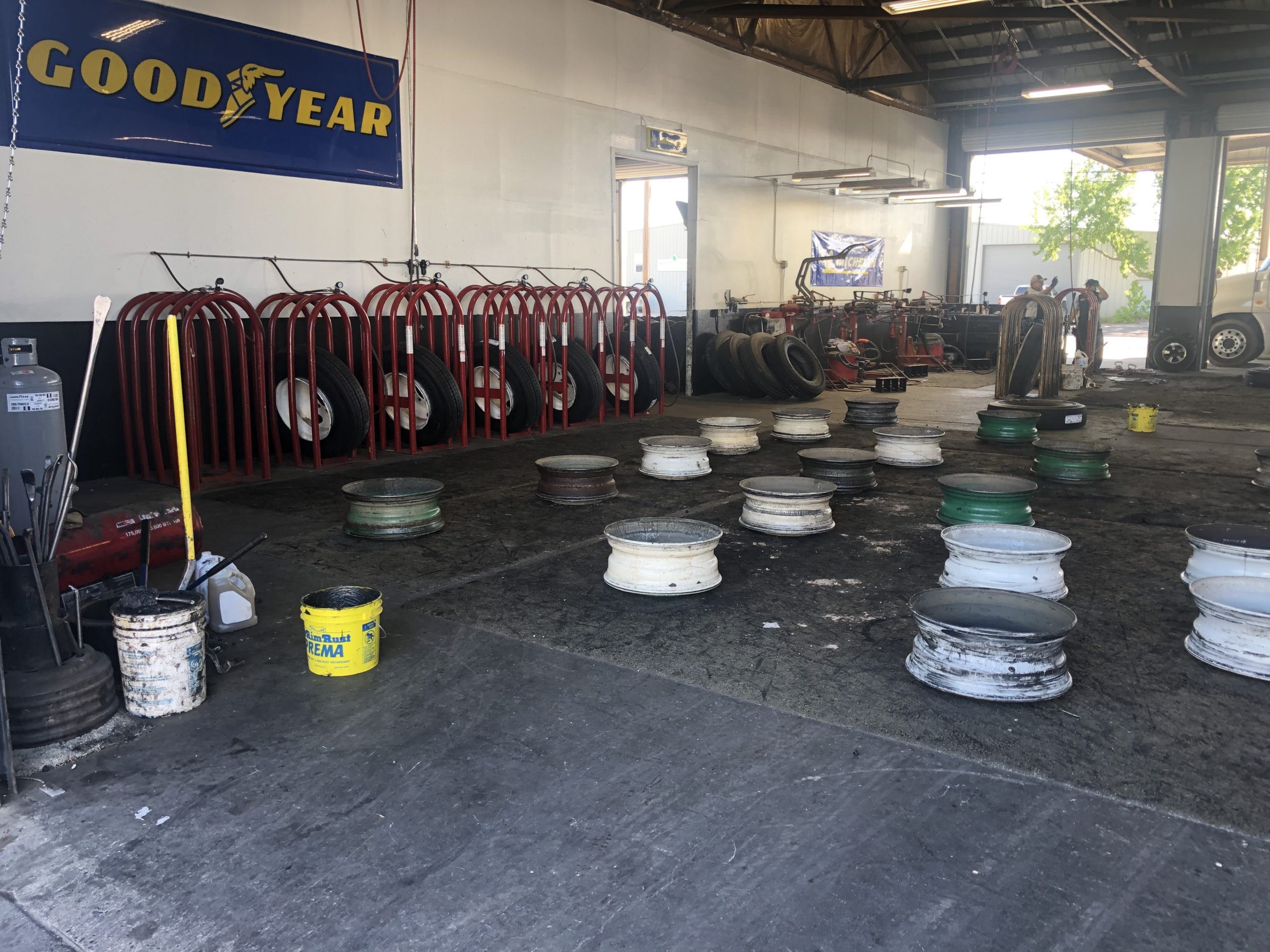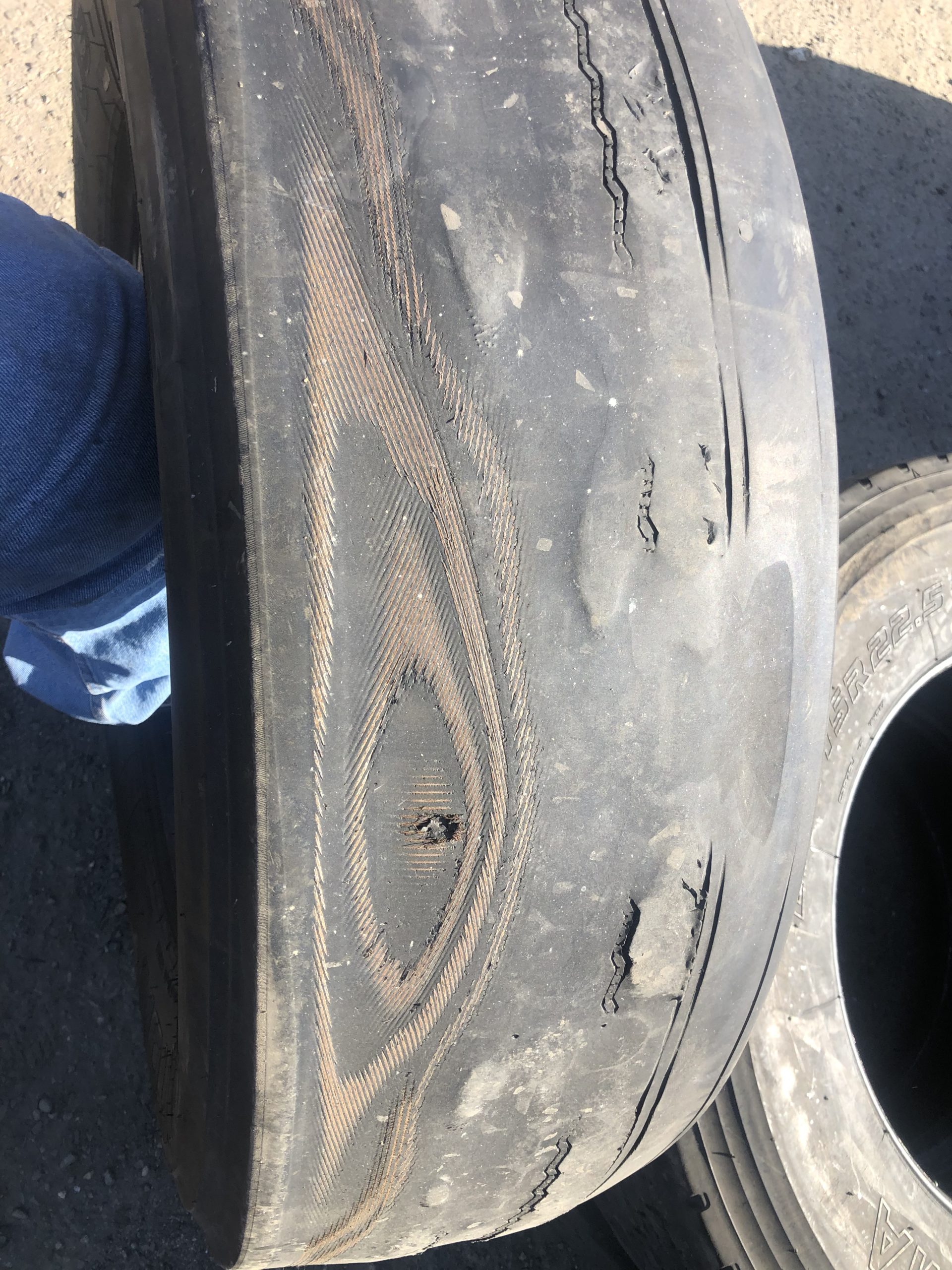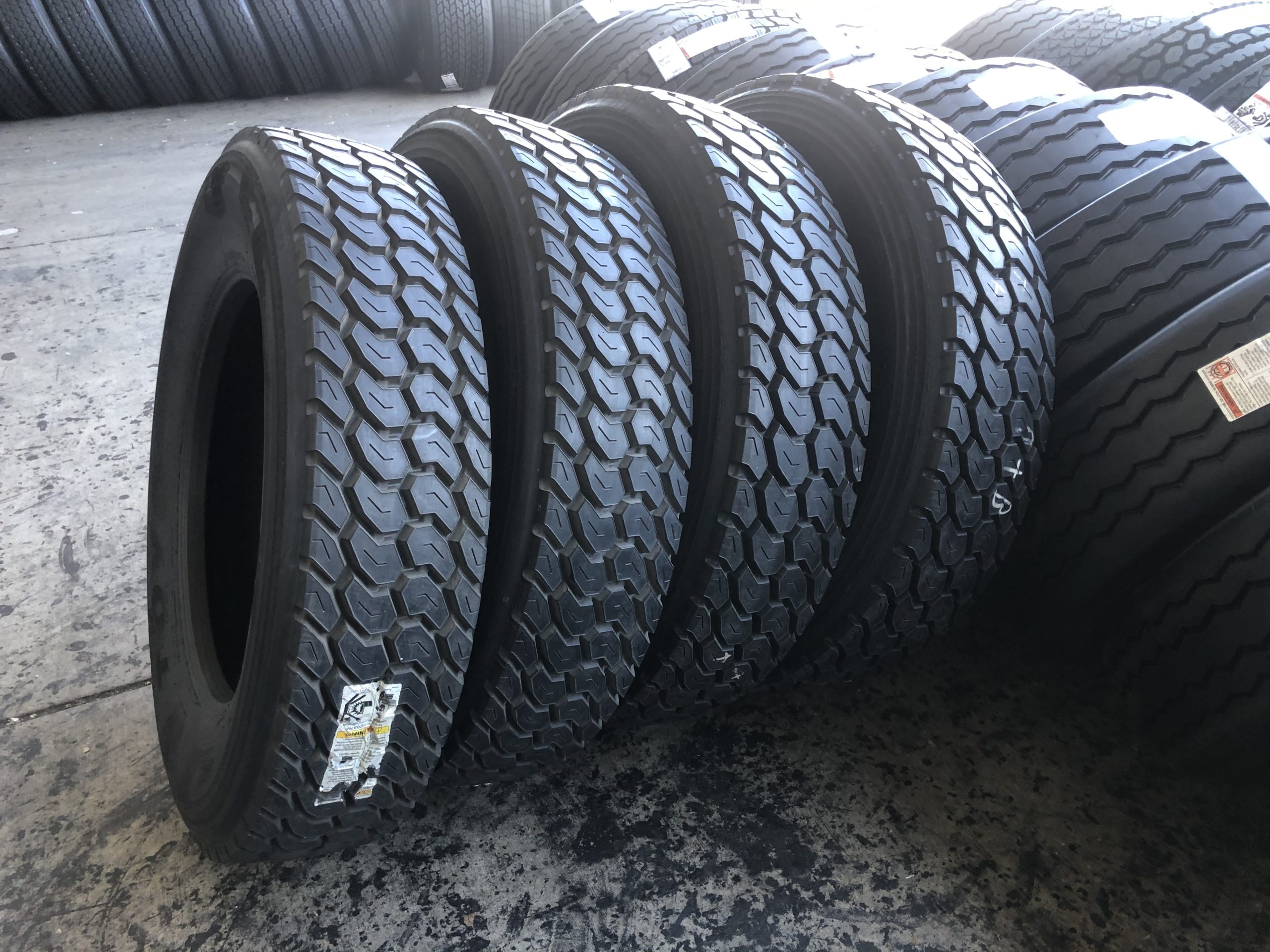Michelin has a long history of innovation in commercial tires. In 2000 they came up with the biggest thing since The Radial, and that was their “X One” super-single tire that could replace the dual tires on commercial trucks and trailers. Fast forward to 2019 and the concept has had almost 2 decades to prove itself in the real world, and unlike radial v bias, dual tires are not going so gently into that good night.
The marketing materials off michelintruck.com offer many reasons to switch. The brochures and online videos explain the advantages of switching to super-singles. The ultra-wide base tires make trucks handle better, require less maintenance, allow greater revenue, and save fuel. In one brochure, Michelin marketing reasonably argues that since the X-One has ½ as many sidewalls, the tires waste ½ as much rotating energy generating heat from sidewall flex.
McCoy’s own staff observed that the super-singles have become popular with the cross-country type of haulers. The promise of fuel savings panned out. Switching improves fuel mileage by 1 mpg. In cases where trailers have a lot of bounce, like for example bottom dumps with empty back-hauls, the tread wear-life of the super-singles excels as well. In one instance a consultant observed a Michelin Ultra-Wide Base trailer tire go 270,000 miles on the original tread. Carries that benefit from a lower tare weight use them too. Cans filled with milk, fuel, or wine capitalize on the 200lb./axle saved by the super-singles. So do aggregate haulers that do not want the smaller diameter 255/70r22.5’s on their trucks.
When one tire in a dual assembly has a slightly smaller circumference than the other, the smaller tire will wear faster than the larger tire. Checking for “mismatched duals” has been a part of fleet preventive maintenance for tires for decades. Technicians note when one of the tires in a dual assembly has 2 or more 32nds less tread than its mate. Unless you’ve ever had this job, you might be surprised how often it happens. As mismatched duals roll down the road, the tire with less tread becomes even shallower because it skids as it rolls. To properly match tire circumference however, knowing tread depth may not suffice. John McCoy had a tool called a “tire square”. If a straight flat bar sits across the duals and is level with a bubble level, then you know your mounted tires and wheels in the dual assembly are matched. Often to avoid mismatching duals, fleets replace tires two at a time. This creates spare tire inventories, and having a spare tire is never sexy!
20 years-in, all trucks were converted from tube-type bias to tubeless radial. As opposed to the radials of the mid to late 80’s, the value of super-single casings currently wanes. Large truck dealerships also de-value trade-ins with ultra-wide base tires about 3000$. There are multiple fleets that went ultra-wide, and now want out. Why has not super-single’s victory over duals been as decisive and complete as radial over bias?
Not everybody cares about fuel economy. Those who do found that replacing a wheel out on the road counters the fuel savings. One consultant said he wouldn’t convert without an automatic tire inflator system on the truck and trailer. With duals, even if you lose one, most of the time, you can still limp in legal to a more convenient spot to be worked on. Others have urged that super-singles aren’t good in applications that get a lot of flats like hauling garbage or refuse.
Whatever the rationale, presently ultra-wide base casings and used aluminum wheels are a buyers’ market. The super-single technology could be a significant source of savings in your trucking business, and a conversion is available now at historically low prices.
Thanks for reading!






